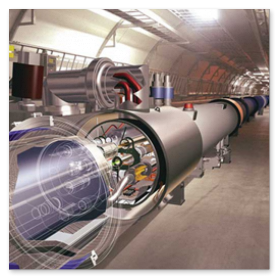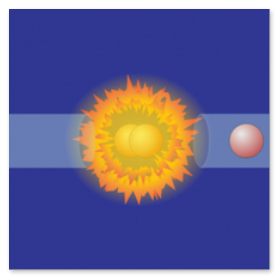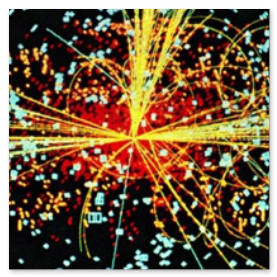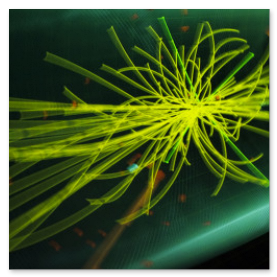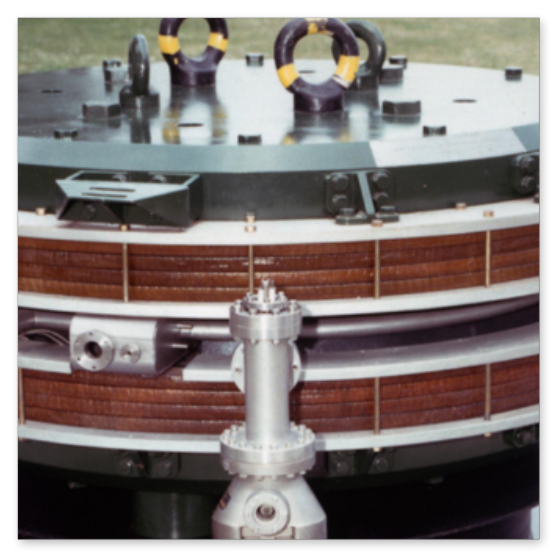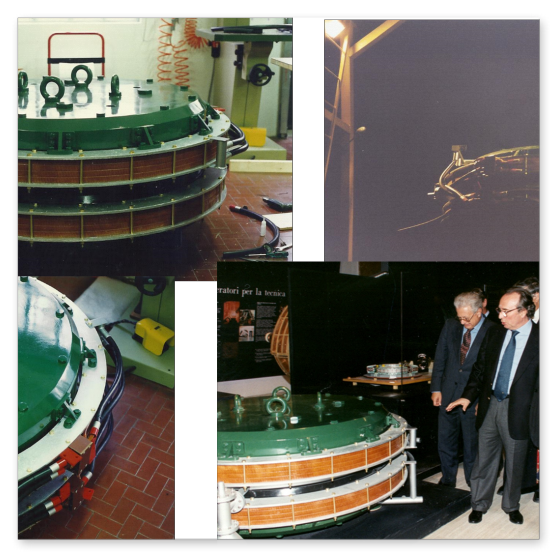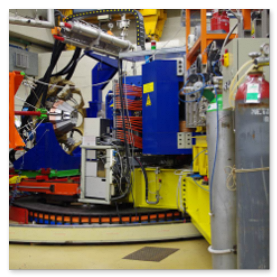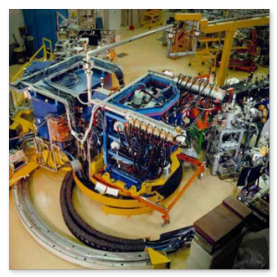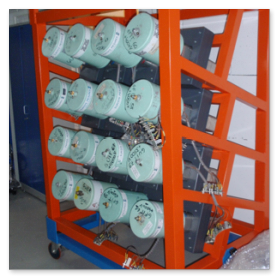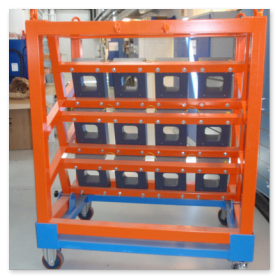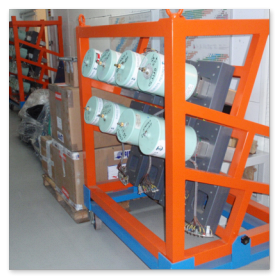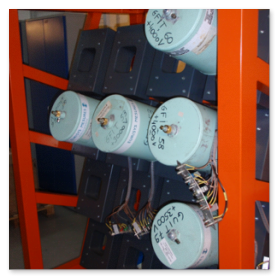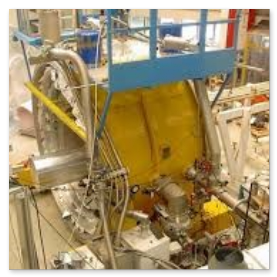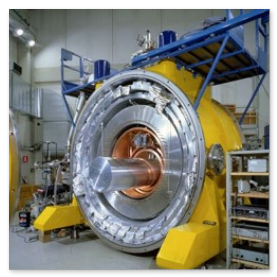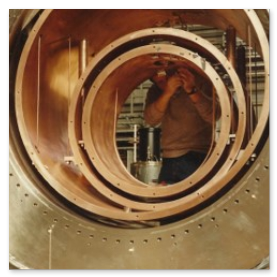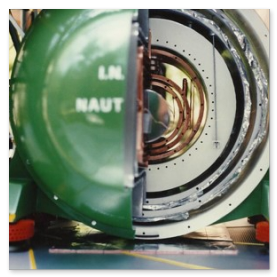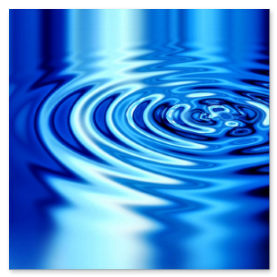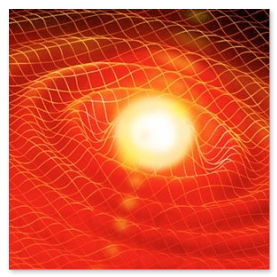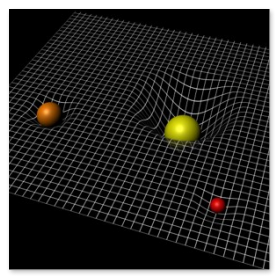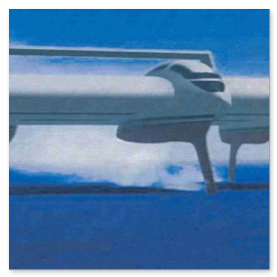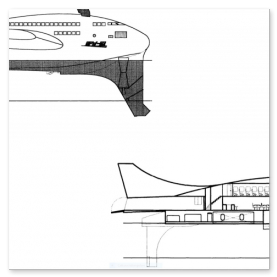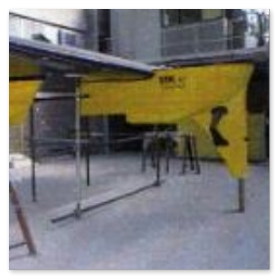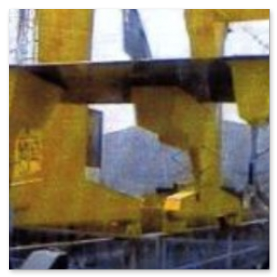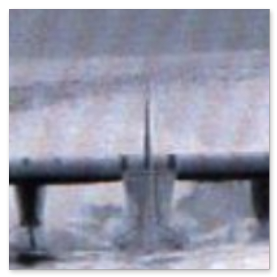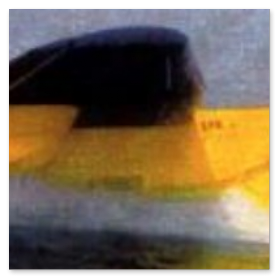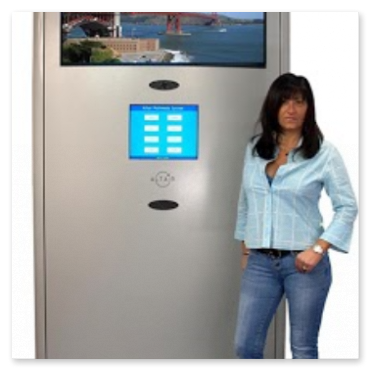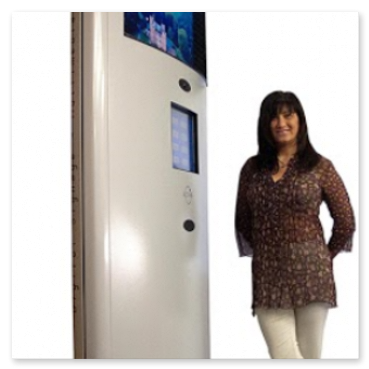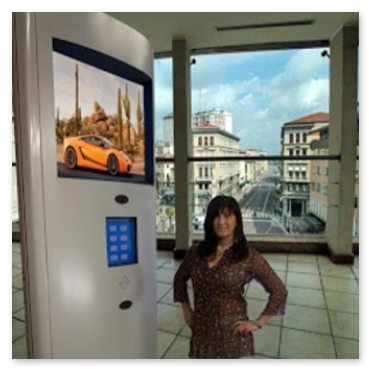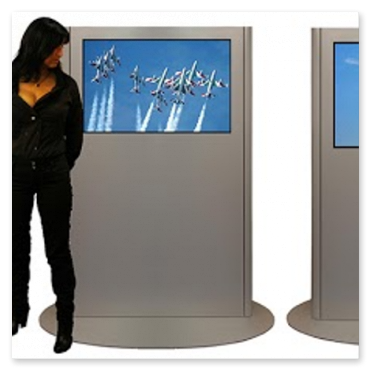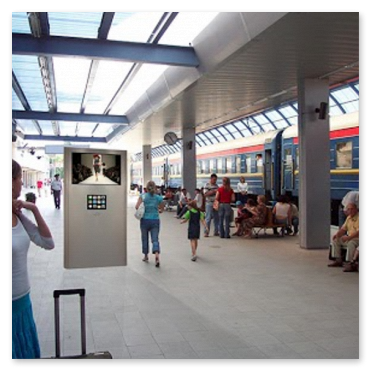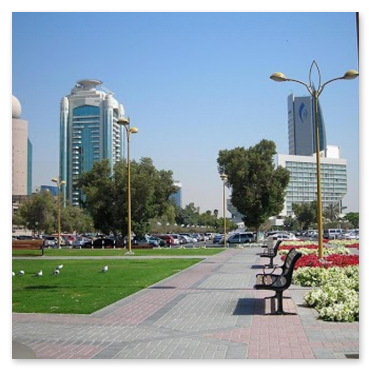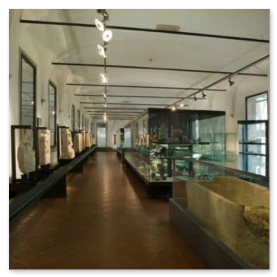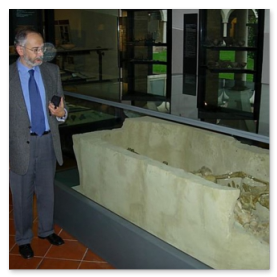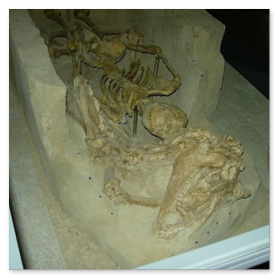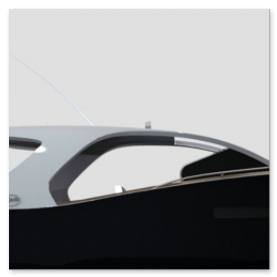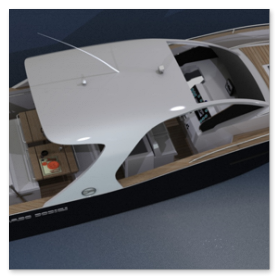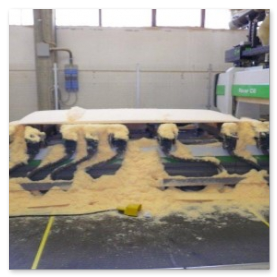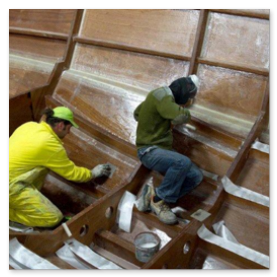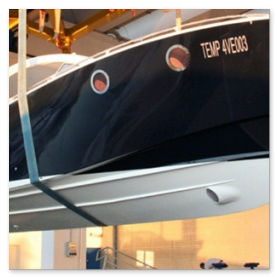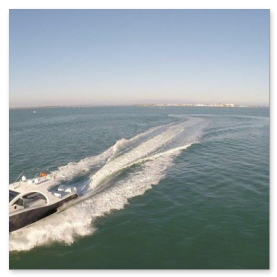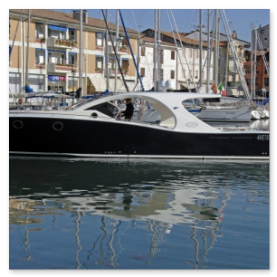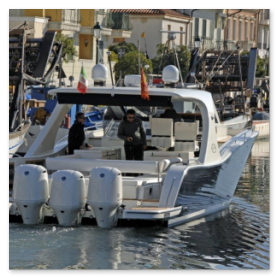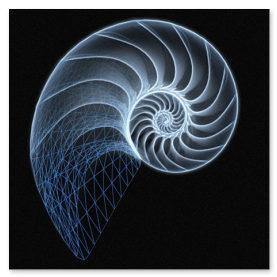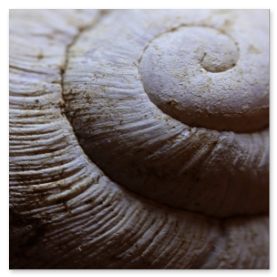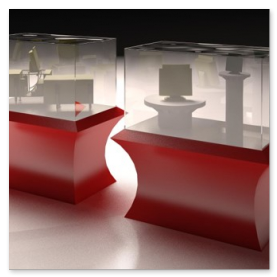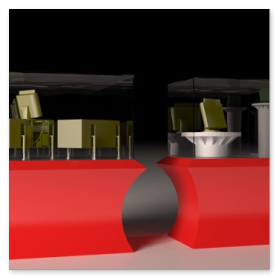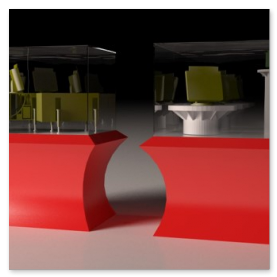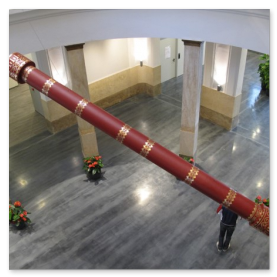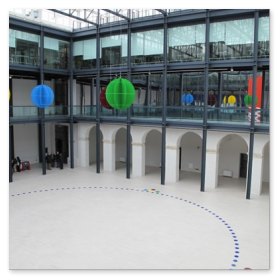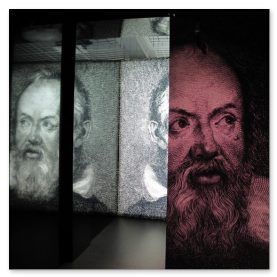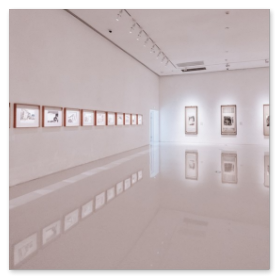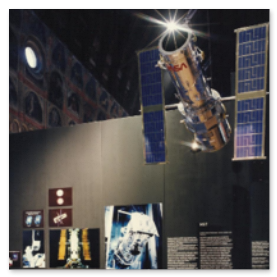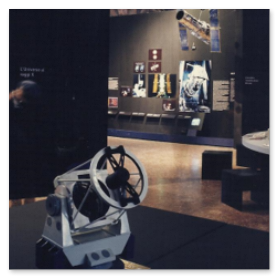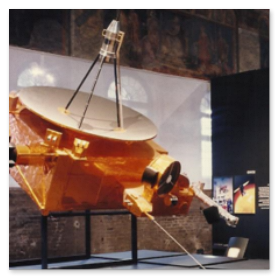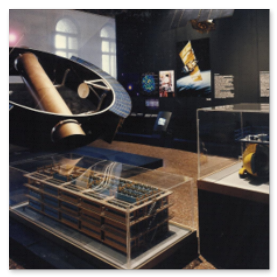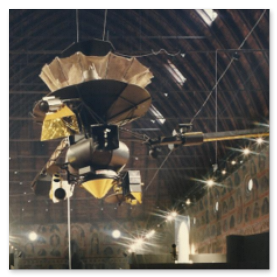OUR EVOLUTION
OUR PROFESSIONAL STREET

we work in nuclear physics
BER
CAST EHTC nella sua storia evolutiva ha lavorato in diversi esperimenti di
fisica nucleare, con la realizzazione di elementi test, componenti, mockups
studio e per l’esposizione scientifica. Abbiamo
lavorato per INFN Istituto Nazionale di Fisica Nucleare, LNL e LNF.
CERN
Conseil Européen pour la Recherche
Nucléaire. Indirettamente
per la Stanford University. Negli
esperimenti: MACRO (Monopole Astrophysics and Cosmic Ray Observatory ) – LVD
Large Volume Detector – GALLEX - per lo studio dei neutrini. Le
antenne gravitazionali AURIGA – NAUTILUS. BABAR
grosso collisore particelle – antiparticelle. Il
prototipo di un Acceleratore sorgente
di luce di sincrotrone, un acceleratore dove il fascio di elettroni viaggia
dell’anello di accumulazione a velocità prossime a quelle della luce, passando
attraverso una serie di dispositivi magnetici produce una radiazione di
altissima intensità e brillanza, a frequenze che vanno dall'infrarosso ai raggi
x molto penetranti. La
luce prodotta risulta essere dieci miliardi di volte più brillante di quella
generata da sorgenti di radiazione convenzionali, aprendo la strada
all’utilizzo per diverse categorie di ricerca e
applicazione. Per
la fondazione TERA con l’applicazione di un acceleratore per luce di
sincrotrone abbiamo realizzato il layout di allestimento per un centro di
adroterapia oncologica.
In its evolutionary history, BER CAST EHTC has worked in various nuclear physics experiments, with the creation of test elements, components, study mockups and for scientific exposure. We worked for INFN National Institute of Nuclear Physics, LNL and LNF.
CERN Conseil Européen pour la Recherche Nucléaire. Indirectly for Stanford University. In the experiments: MACRO (Monopole Astrophysics and Cosmic Ray Observatory) - LVD Large Volume Detector - GALLEX - for the study of neutrinos. AURIGA - NAUTILUS gravitational antennas.
BABAR large collider particles - antiparticles. The prototype of a synchrotron light source Accelerator, an accelerator where the electron beam travels from the accumulation ring at speeds close to those of light, passing through a series of magnetic devices produces a radiation of very high intensity and brilliance, at frequencies ranging from infrared to very penetrating x-rays. The light produced turns out to be ten billion times brighter than that generated by conventional radiation sources, opening the way for use for different categories of research and application. For the TERA foundation, with the application of an accelerator for synchrotron light, we have created the layout for a cancer hadrotherapy center.

we work in nuclear physics
AdA
Reconstruction by BER CAST EHTC of the
historic AdA
particle accelerator "Accumulation Ring". Made by the Frascati National
Laboratories in 1961. AdA Collider was the beginning of a new
chapter in nuclear physics, the accelerator, the first prototype machine of the
antiparticle and particle collector and the first electron-positron storage
ring, essentially a large curved magnet capable of maintaining particles with
energy up to 200MeV on a circular orbit, inside a «stainless steel donut» in
air vacuum, this to minimize the interactions of the beams with the air
molecules and have an average life of the same as some hours. The demonstration of the revolutionary
idea expressed with AdA
consisted of accelerating and circulating within the same ring and in opposite
directions two beams of particles (electrons and positrons) from whose
collisions being able to produce new particles, also allowed physicists to
assist the interaction and annihilation of particles and antiparticles during
energy collisions, in flight, offering the opportunity to better understand the
different aspects of accelerator physics, which would not have been possible if
the machine had not existed. It was the first in a long line of
particle and antiparticle collectors and storage rings, currently there are
approximately 30,000 of them worldwide. The same idea is at the basis of the
operation of the other accelerators, including the largest and most powerful
electron-positron collector accelerator in the world: LHC (Large Hadron
Collider) of the CERN laboratory in Geneva. The National Laboratories of Frascati,
LNF of the National Institute of Nuclear Physics, INFN have been declared a
historic site by the European Phisycal Society, EPS. The important recognition
was conferred for the creation of AdA, the first particle and antiparticle
accelerator ever made in the world.
Ricostruzione
da parte di BER CAST EHTC dello storico acceleratore di particelle AdA
«Anello di Accumulazione». Realizzato
dai Laboratori Nazionali di Frascati nel 1961. AdA
Collider è stato l’inizio di un nuovo capitolo della fisica nucleare,
dell'acceleratore, la prima macchina prototipica del collettore antiparticelle
e particelle e il primo anello di immagazzinamento elettrone-positrone,
essenzialmente un grosso magnete curvante in grado di mantenere le particelle
con energia fino a 200MeV su di un’orbita circolare, all’interno di una
«ciambella in acciaio inox» in vuoto d’aria, questo per minimizzare le
interazioni dei fasci con le molecole d’aria e avere una vita media degli
stessi di alcune ore. La dimostrazione dell’ idea
rivoluzionaria espressa con AdA consisteva nell’ accelerare e
far circolare all’interno dello stesso anello e in direzioni opposte due fasci
di particelle (elettroni e positroni) dalle cui collisioni poter produrre
nuove particelle, inoltre
ha permesso ai fisici di assistere all'interazione e all'annientamento
di particelle e antiparticelle durante le collisioni energetiche, in volo, offrendo l'opportunità
di comprendere meglio i diversi aspetti della fisica dell'acceleratore, che non
sarebbero stati possibili se non fosse esistita la macchina. E’ stato il primo di una lunga
fila di collettori di particelle e antiparticelle e anelli di stoccaggio,
attualmente ne esistono all’incirca 30.000 in tutto il mondo. La stessa idea è alla base del
funzionamento degli altri acceleratori, tra i quali il più grande e potente
acceleratore collettore elettrone-positrone al mondo: LHC (Large Hadron
Collider) del laboratorio CERN di Ginevra. I Laboratori Nazionali di
Frascati, LNF dell’ Istituto Nazionale di fisica Nucleare, INFN sono stati
dichiarati sito storico dall’ European Phisycal
Society, EPS. L’ mportante riconoscimento è stato conferito per la
realizzazione di AdA , primo acceleratore di
particelle e antiparticelle mai realizzato prima al mondo.
LNL National Laboratories of Legnaro
LNL Laboratori Nazionali di Legnaro
INFN National Institute of Nuclear Physics
For the need to use additional photosensitive detectors, in line with the PRISMA Experiment, we received a request from the National Laboratories of Legnaro to develop, the concept and the project with open, "undefined" technical dictates of a system door detectors.Technical characteristics and dictates that we necessarily had to develop in order to move on to the design and execution phase; derived from the characteristics of the volumetric geometry, of the weights, center of gravity, of the physical, electrical characteristics, of the operational and safety angular limits and of the necessary handling actions for the housing, connection and extraction of the detectors. We have developed, designed and built a MODULAR SUPPORTS FOR DETECTORS. The system consists of two units with different housing capacities, 16 and 12 workstations, for a total of 28 workstations - detectors to be inserted (the cost of which is equal to € 250,000.00 each); the carrier consists of two modules in steel structure, independent, which can work in different positions, but with the possibility of being stackable to form a single system. They are equipped with two independent, movable moving platforms that can be attached to each module, they are equipped with all systems, such as: closures, safety devices, lifting eyebolts, electrically isolated for the accumulation of structural statics and also for each individual housing detector.
INFN Istituto Nazionale di Fisica Nucleare
Per l’esigenza di utilizzare rivelatori fotosensibili aggiuntivi, in linea con l’Esperimento PRISMA, abbiamo ricevuto da parte dei Laboratori Nazionali di Legnaro, la richiesta di sviluppare, il concept ed il progetto a dettami tecnici aperti, «non definiti» di un sistema porta detectors.
Caratteristiche e dettami tecnici che necessariamente abbiamo dovuto sviluppare per passare alla fase di progetto ed esecuzione; ricavati dalle caratteristiche della geometria volumetrica, dei pesi, baricentri, delle caratteristiche fisiche, elettriche, dei limiti angolari operativi e di sicurezza e delle necessarie azioni di manipolazione per l’alloggiamento, collegamento ed estrazione dei detectors. Abbiamo sviluppato, progettato e realizzato un MODULAR SUPPORTS FOR DETECTORS. Il sistema consiste in due unità con capienza di alloggiamento diversa, 16 e 12 postazioni, per un totale di 28 postazioni - detectors da poter inserire (il cui costo è pari a 250.000,00 € cad.); il carrier è costituito da due moduli in struttura di acciaio, indipendenti, che possono lavorare in postazioni diverse, ma con la possibilità di poter essere impilabili per costituire un unico sistema. Sono provvisti di due piattaforme mobili per lo spostamento, indipendenti, agganciabili a ciascun modulo, sono provvisti di tutti i sistemi, come: chiusure, sicurezze, golfari per i sollevamenti, elettricamente isolati per l’ accumulo di statica strutturale ed
inoltre per ogni singolo alloggiamento detector.
AURIGA & NAUTILUS DETECTORS FOR GRAVITATIONAL WAVES

we work in advanced programs.
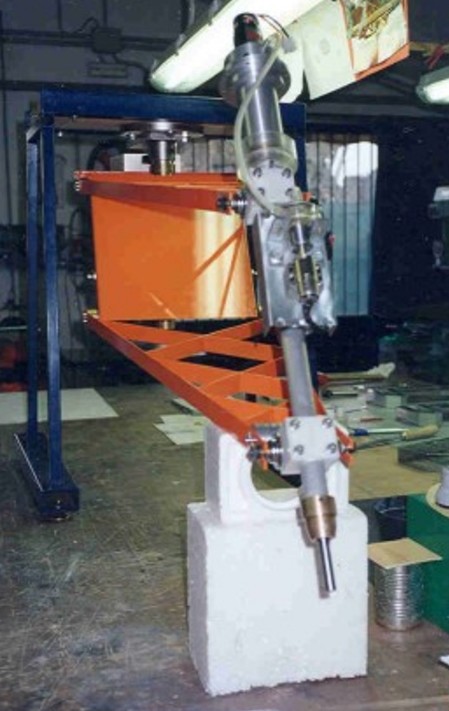

The innovative Digital Signage BER CAST EHTC
in the Year 2008.
BER CAST EHTC
we work in archeology
BER CAST EHTC
we work in boat prototypes.
BER CAST EHTC
we work in exhibition design
and scientific installations.
BER CAST EHTC
our models of space systems and
components for scientific exhibitions

